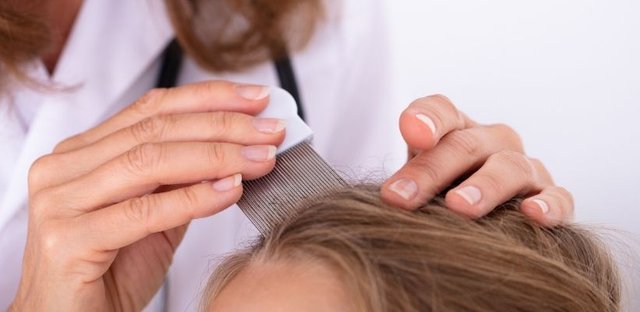Although lice treatment in Dallas is common, the good news is they are not life-threatening creatures. Their only problem to humans is causing uncomfortable nuisance that almost everybody likes to get rid of it as soon as possible. To achieve this, it would be wise to know the appearance of these pesky little bugs and how to check them on hair. This article covers all that you need to know on the same.
Body appearance of head lice
Head lice are tiny whose size is almost the same as that of sesame seeds. Their legs are six in total with a little claw at the tip, which helps them to get a hold of the hair. Their mode of locomotion is clawing rather than jumping, and they like hanging on the hair as they feed on the scalp blood. After feeding, particularly a big meal, their body turns reddish-brown in color. When it comes to their eggs (nuts), they are white and tiny, which usually looks like dandruff. However, unlike dandruff, the eggs are held tightly on the hair, and it is not easy to remove them. After hatching, the nymph leaves the egg casing on the hair, and they are usually white.
Ways of checking the hair lice
Lice don’t like to be found, which may make their treatment in Dallas to be difficult. Although they are not adapted to flying, they can rush for a cover within a few milliseconds, hence making it hard for them to be spotted. Luckily, specialists have come up with a few new steps that one can use to identify the head lice as outlined here. To learn more about lice treatment dallas, visit on hyperlinked site.

Use a wide-tooth comb to detangle the hair
The activity involves the use of lice comb, which enhances doing away with painful tugging. If your hair is long, it would be necessary to separate the it into different sections and use the hair elastic to secure them. Follow this by inspecting one section at a time.
Comb the area that covers your hairline
Start combing behind the ears and at the bottom of your neck using the fine-tooth comb. These parts are usually warm, hence providing the lice an appropriate temperature to reside there. You can go ahead to comb around the area at the scalp right to the root, then down to the strand end. While doing so, ensure there will be stroke overlapping, which ensures that there is no section of hair that will be missed. Doing so would trigger the lice to move towards the head top, although one would be required to lookout out for nits.
Check lice on the comb
Inspect nits and bugs on the comb after every brushstroke. You can even check whether there is any that could have been caught by wiping the comb on a white cloth. Definitely, lice will not fail to be fixed on the comb if there is any. Repeat the process until the entire head is checked.
Work your way through the hair, leaving the front and top of the hair last. These are areas that you will have cornered the live lice if there is any on the run.